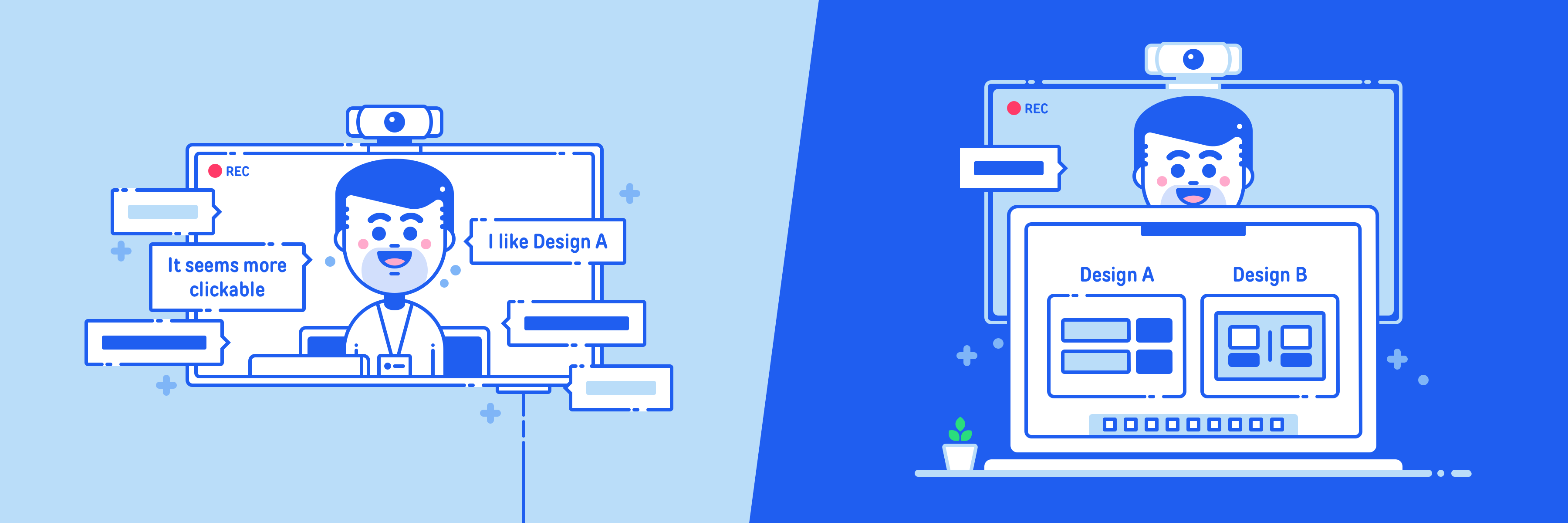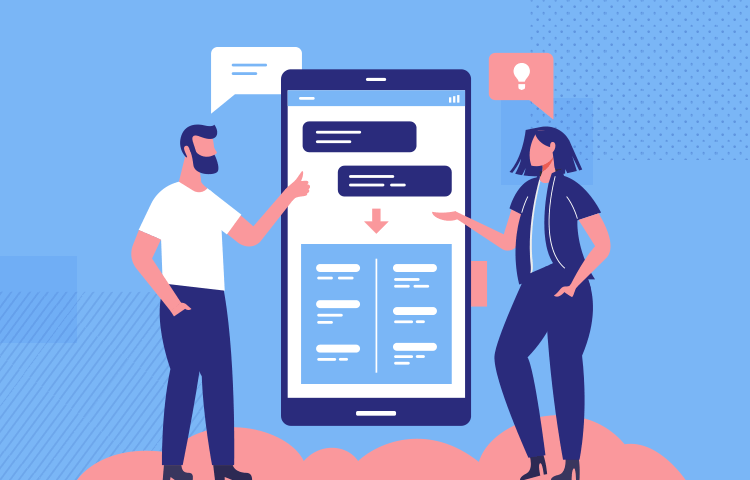Irrespective of the product you design–a site, program, sport, multi functional platform, eCommerce store, or interactive tool–one of the crucial truths you need to bear in mind is that you aren’t your consumer. Even in the event that you decide to belong to this target audience of the item, 1 person cannot represent the selection of interaction situations that might appear. User testing is the best way to make sure to account for that variety; it is the point of the creative process focused on what consumers actually need, feel, and believe, and it plays a critical role in product design and improvement.
In the core of the user, testing is determining exactly what you need to ask and how to ask those questions in a way that compels actionable insights. In this article, we will explore some guidelines for asking the right user testing questions (with illustrations along the way).
How do you know the right time for the right kind of question? The most appropriate plan of action depends, naturally, on the context of each individual session. However, there are fundamental guidelines you can apply to any circumstance. Thus, let us begin with a few do’s and don’ts when considering usability testing questions.
Don’t focus just on the results of a particular endeavour. Asking users to discuss their opinions will also enable you to gain insight into the aims of the user and their state of mind; this may even surface other important insights that dramatically enhance usability.

Example question: What are you currently feeling/thinking about once you complete this [activity or task]?
DO provide the destination and inquire about the route. This kind of job analysis can help you uncover the mental models and interaction routines of your participants. Strive to find out as much as you can about your customers’ mental models as possible (the way they finish a job ). These mental models will allow you to bridge the current experience of your intended audience that has any shortcomings (what is challenging or not pleasurable to them), and so it’s possible to decide on the upcoming iterations of your product and its attributes. You may create a super sleek, elegant, minimalist interface that looks fantastic but if users can’t find the menu, can not hunt, or don’t have any obvious CTA prompts, your merchandise won’t be really successful.
Example question: Assuming you wanted to alter the email address associated with your account, how can you go about doing that?
We, people, are emotionally-driven animals, so when testing a product, you should also observe and examine the non-verbal cues of participants. A word of caution: correlation isn’t causation. People may show negative non-verbal signals not due to the product itself, but due to their overall state of mind or when they’re simply uncomfortable in their current situation/environment.

Don’ts for usability testing queries: A little more conversation, a Bit More listening
Do not provide too much guidance. Your goal is to earn the testing session informative and objective, so step back and avoid guiding users on how to respond.
If you observe a user carrying out a task in a means that is not likely to result from the desired result, don’t interrupt, allow them to fail! For instance, if a user-initiated hunt is coming up empty, then do not say”Perhaps you should try the filters to your hunt?”. Our goal here is to better understand how and why the user neglects, so we can improve.
Don’t assist the user. On a similar note, you might face a scenario where the user will explicitly ask you exactly what to do in a circumstance, but your purpose is to motivate them to locate the solution independently (or declare it hopeless, which occasionally happens). Do not help them find a solution as the results won’t be valuable in this case.
Don’t distract the consumer. Another mistake that is simple to make is to interfere with the consumer’s procedure when they’re already heavy in an interaction. If you divert them, you’ll miss the natural user flow.
Do not talk too much. Even polite and favourable opinions or encouraging words may harm the research process. Everything you say to the player should correspond to the goal of the testing. Do not overload the participants together with dialog; instead, make them direct their own heads and concentrate on the job. You are observing how they interact with an experience, not interviewing them.
Don’t inquire yes/no questions. You don’t have infinite time with participants. Thus, it’s much handier to utilise your time together with them to ask questions that provide you a great deal of advice, rather than fundamental and uninformative yes or no questions. Ask open-ended questions that excite the users and get them to describe just what they’re doing, feeling, or thinking.
Don’t believe everything your users say. Always leave room for a margin of error. Remember: no matter how friendly, natural, and optimistic the testing atmosphere is, it is still not a pure atmosphere for people which may influence their behaviour and affect their reactions.

Leave a comment